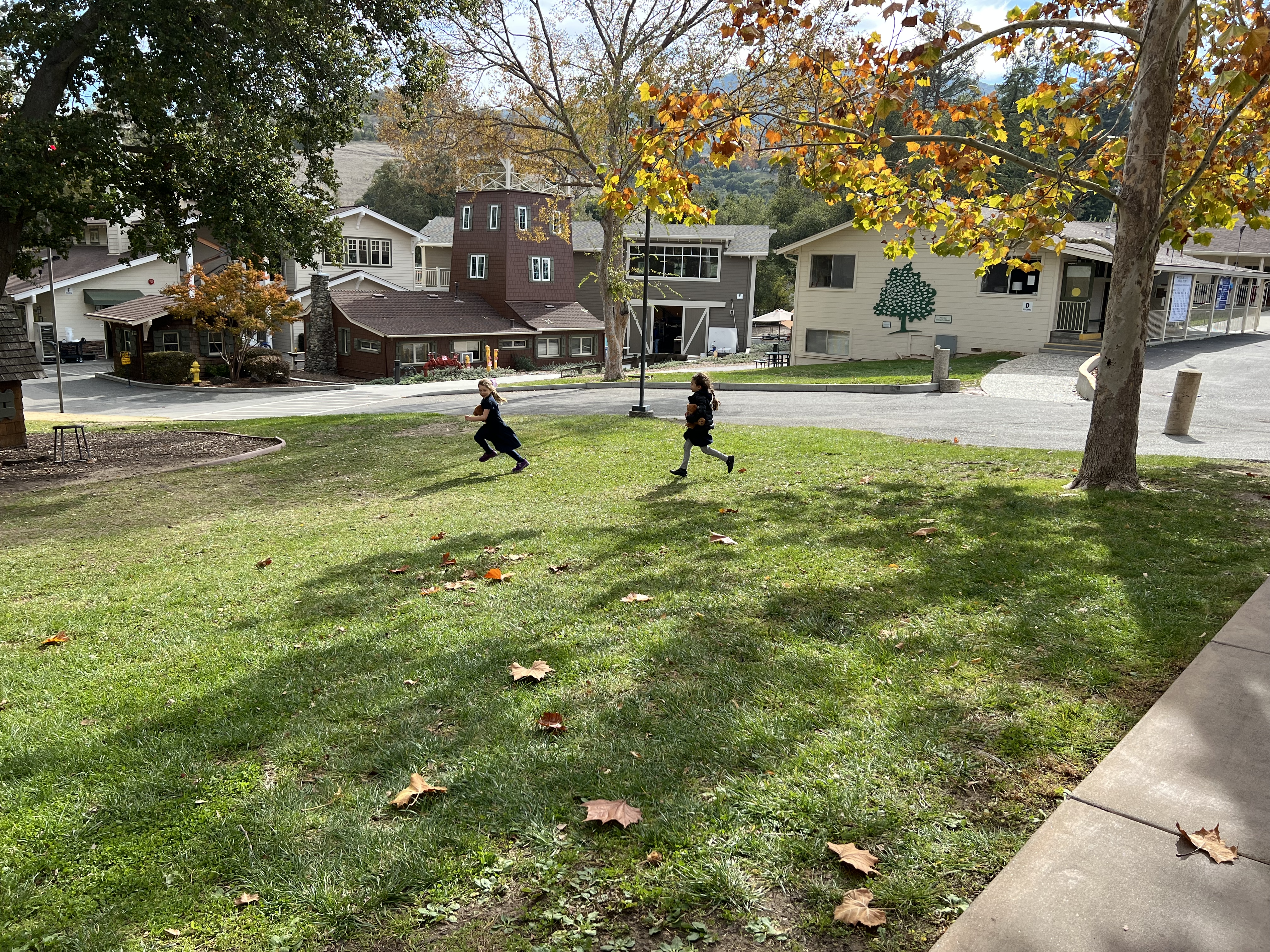Welcome to our Curriculum Connections! This is your weekly periscope into classes across campus – we’ll share new learning, challenges, accomplishments, and commentary from students in Lower and Middle School. Enjoy!
3rd Grade Scientists Sparking Great Ideas
Third grade scientists are deep in a series of electricity inquiry tasks. Each day brings a new challenge to build—using a tray of wires, sockets, batteries, and bulbs—a circuit that meets one or more criteria. This week, after each child found a way to build a circuit that lights one bulb, then two bulbs using one battery, they learned to diagram and label series and parallel circuits in their science notebooks. Diagramming their solutions helped students notice the key difference between circuit designs. Once they agreed that all their designs fell into one of the two types, they were ready to think about why their circuits produced brighter or dimmer lights when lighting two bulbs. They learned how voltage is split across bulbs in a series circuit, but not in a parallel one. The teacher said, “This battery has 1.5volts. We’re going to do a bit of math. What if I gave you a $1.50 but I gave it in quarters… How would you split it between two friends?” And, “What if, this is an extra challenge, there were 3 bulbs in this circuit?” Students took to this example, noticing how the voltage, and so the brightness, would reduce as more bulbs were added. One student wondered back to the group, “And what if there were 6 bulbs, then I bet it might not even light up at all!” They were then asked to transfer their understanding to infer whether the circuitry in our homes might be series or parallel. Students looked around the classroom as they thought and shared connections, like, “I’ve seen a light burn out but the other things still work.” The next challenge? Build a circuit that lights as many bulbs as possible using just one battery. As they wrote the next challenge in their notebooks, students excitedly shared predictions with table-mates, “I’ve seen three on one battery, so I’ll start with that. Then do four and five. I think maybe it can do five but not six.”
There and Back Again: Making Maps and Memories in 5th Grade History
How does geography shape the history of a place? How can we look at maps and think about how land features might have shaped the past and present-day people who live there? Fifth grade social scientists have been learning all about mapping, seeing how to read and interpret things like hemispheres, latitude, longitude, keys and physical features on a map. Practicing first with major global geographic features, then with maps of North America, students have learned new terms and connected them to local places and lived experiences. Connecting to their studies of storytelling, character development and figurative language in English, they are beginning a project during History class to create a map of their own life, representing in map form important elements of themselves and their past experiences. Students began Thursday with a brainstorming tool, writing briefly about favorite memories with family and from younger grades at school, their favorite activity and season, about their family members, moves they may have made in their lifetime, and about things they’ve discovered about themselves in recent years. In dialogue with their readings in class, they will be challenged to metaphorically represent themselves—their passions and identities, as well as major events that have shaped them—as features in a map they will draft then publish in final form. Choices about how to design a key, compass rose, labels, land and water features, colors, and symbols will come together to communicate how their life history thus far has been shaped by the features of their figurative landscape.
